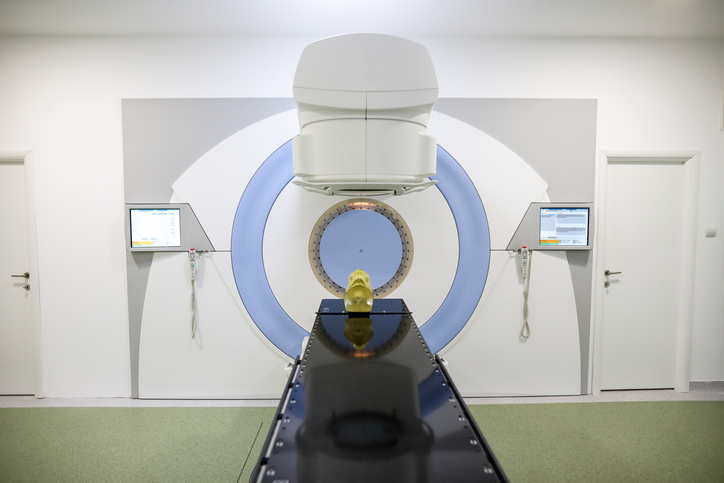Pain
Types of Peripheral Neuropathy

Peripheral neuropathy is a medical condition that develops when the peripheral nerves are damaged. The peripheral nervous system is the communication network that connects the central nervous system (the brain and spinal cord) to every other part of the body. There are more than 100 types of peripheral neuropathy. Each type has different symptoms and treatment options.
Type of nerve damage
Medical professionals typically classify peripheral neuropathy based on the type of nerve damage involved. These classifications include the following:
- Motor neuropathy involves damage to the nerves that communicate with muscles that are consciously controlled, such as the muscles used to walk and talk.
- Sensory neuropathy involves damage to the sensory nerves which connect to the skin. Sensations, such as temperature, touch and pain, are affected.
- Autonomic neuropathy involves damage to the nerves that communicate with organs and muscles that are not consciously controlled, such as the heart and digestive system.
- Combined neuropathy involves more than one type of nerve damage. Sensory-motor neuropathy is one example of combined neuropathy.
Medical professionals may also use terms like “predominantly motor neuropathy” to describe an individual’s condition.
Number of affected nerves
Peripheral neuropathy is also classified based on the number of affected nerves.
- Mononeuropathy is diagnosed when only one nerve is affected. It is most often caused by an injury or repetitive motions. Carpal tunnel syndrome is a common example.
- Polyneuropathy is diagnosed when multiple nerves are affected. Polyneuropathy is much more common than mononeuropathy. Its causes are widely varied but can include complications from health conditions, such as diabetes or cancer, exposure to toxins, or nutrient deficiencies.
Medical professionals use these classifications based on the type and number of affected nerves in order to determine the most effective treatment.


















